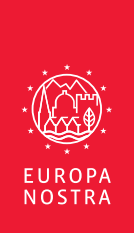About us
Horses – a living cultural asset
For centuries, horses have been bred to meet the respective requirements of mankind, for transportation, for agriculture, for the military or for use in sport and leisure. The national stud farms document the social and societal developments of European history in a unique way and serve to maintain the living cultural and natural heritage of the horse. By preserving the diversity of horse breeds, the national stud farms also make an important contribution to biological diversity.
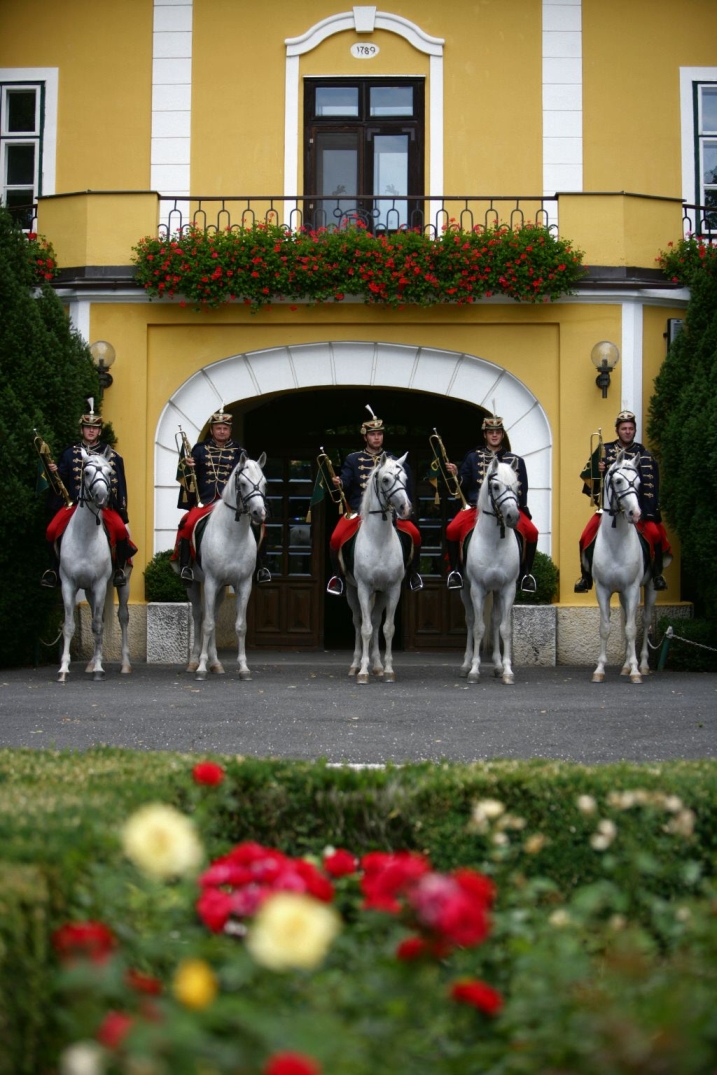
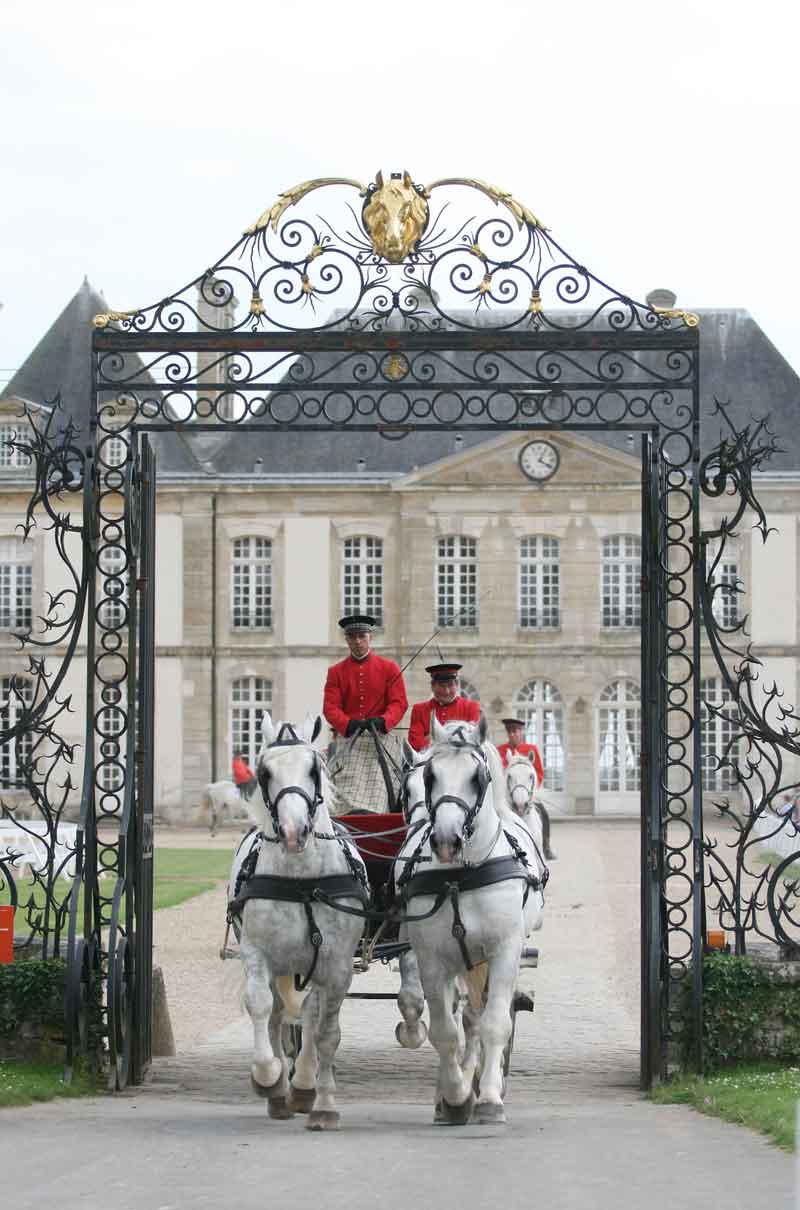
Historic stud farms all over Europe
The stud farms, with their historic buildings and evolved cultural landscapes, are of great cultural and historical significance.
Their design is determined by the needs of the horse, resulting in certain types of facilities and buildings. The large stud farms document a special way of life, characterized by the coexistence of humans and animals. Their monumental value lies not least in the continuity of their use.
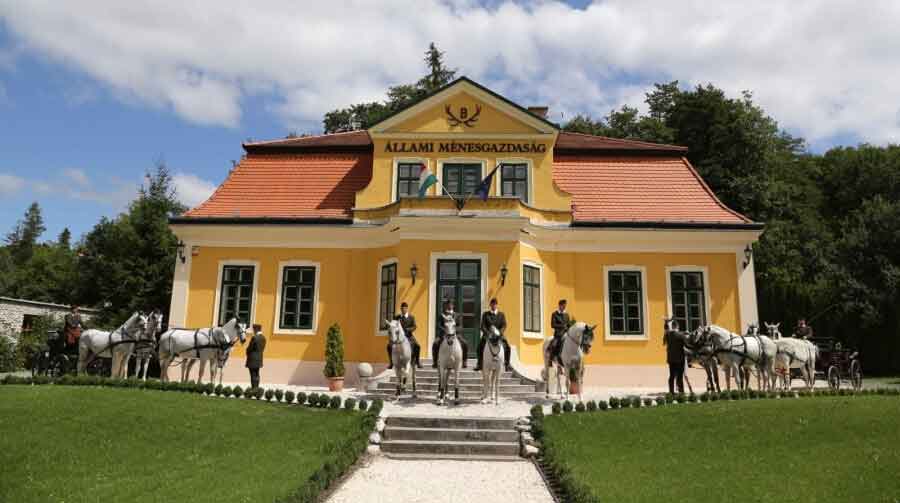
Tradition and knowledge
Not only the horse itself, but also the knowledge of its needs, training and breeding is of particular importance as intangible heritage. In the state stud farms, traditions have been cultivated for centuries and skills and professions have been preserved that have long since disappeared elsewhere. They are places where the classical art of riding has been cultivated, developed and refined over many generations with the aim of achieving harmony between man and horse.

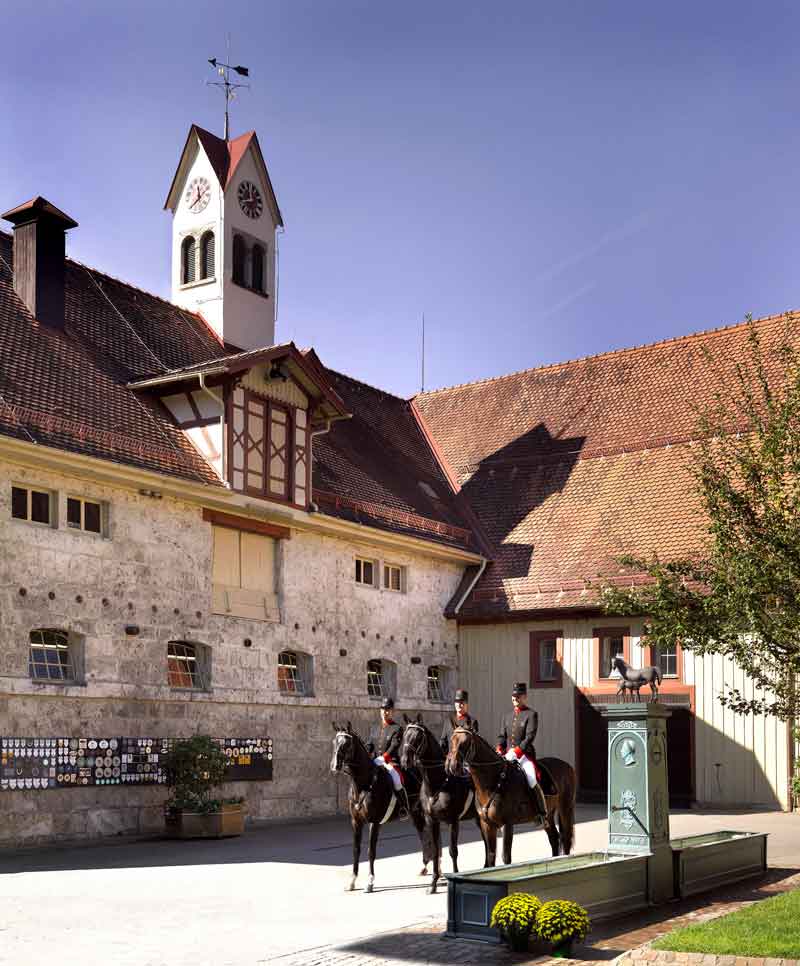
One voice in Europe
Europe’s state stud farms are important custodians of tradition and history, but they are also modern businesses and training companies. They are living cultural heritage sites that must continue to develop while retaining their traditional values in order to remain fit for the future without losing their traditional character. Against the backdrop of changing lifestyles, economic and social structures, many of these unique institutions have been dissolved, misappropriated or severely restricted in recent decades.
Since 2003, the directors of the European state studs have met annually to exchange experiences, discuss common problems and develop strategies to solve them. In 2008, they decided to found an official association, the “European State Studs Association” (ESSA). With the adoption of a constitution, the previously loose association gained official representation and a voice in Europe. In 2009, the ESSA was registered as a non-profit association under German law. The association is based at the Marbach Principal and State Stud in Baden-Württemberg.
Member of the ESSA-Board
1st Chairwoman:
Dr. Astrid von Velsen-Zerweck
Chief Stable Master, Marbach State Stud, Germany
2nd Chairman:
Dr. med. vet. Max Dobretsberger
Vice-President of Lipizzaner Breeding Association of Austria
Treasurer:
Corinne Boss
Head of Animal and Animal Products Competence Center Agroscope
Swiss National Stud Farm SNG, Avenches, Switzerland
Assessor:
Mag. Janez Rus
Breeding Director of the National Stud Lipizza, Slovenia
Assessor:
Muriel Meneux
Head of Cultural Affairs of the National Stud Farm
Haras National du Pin, France
ESSA-Partners

EHN - European Horse Network
